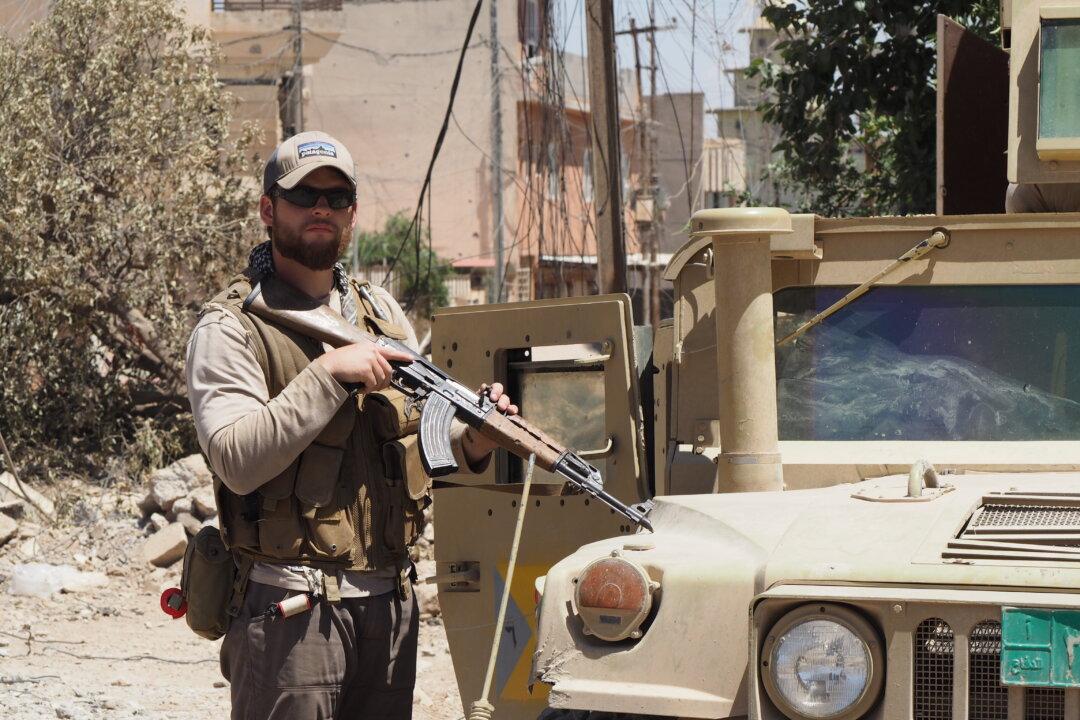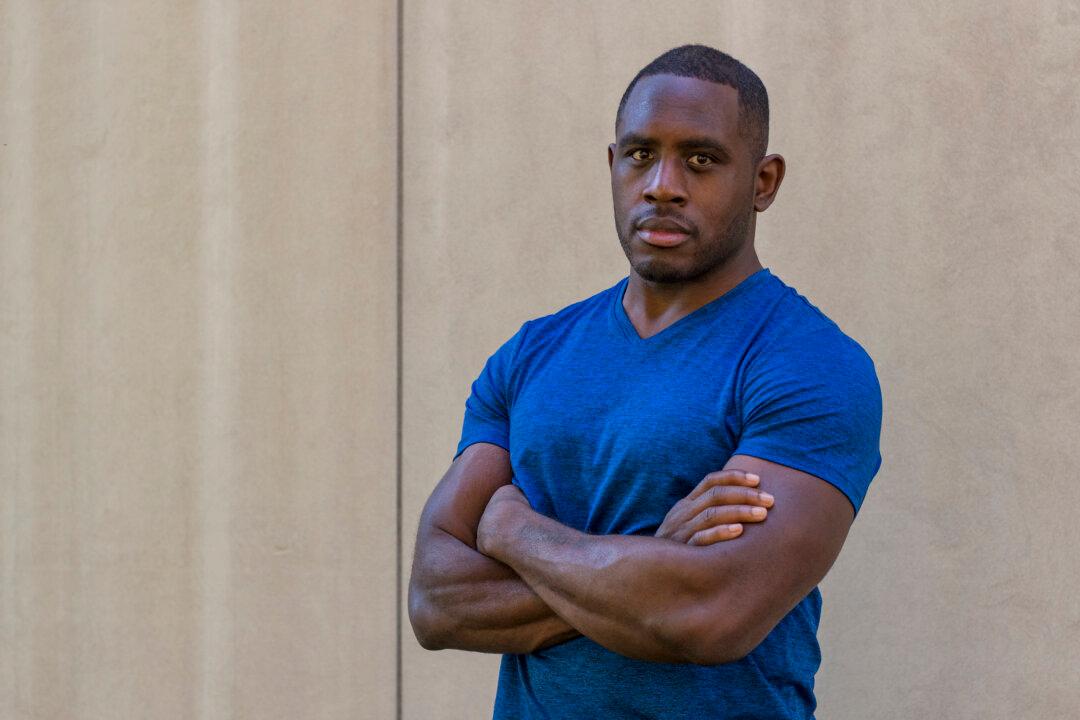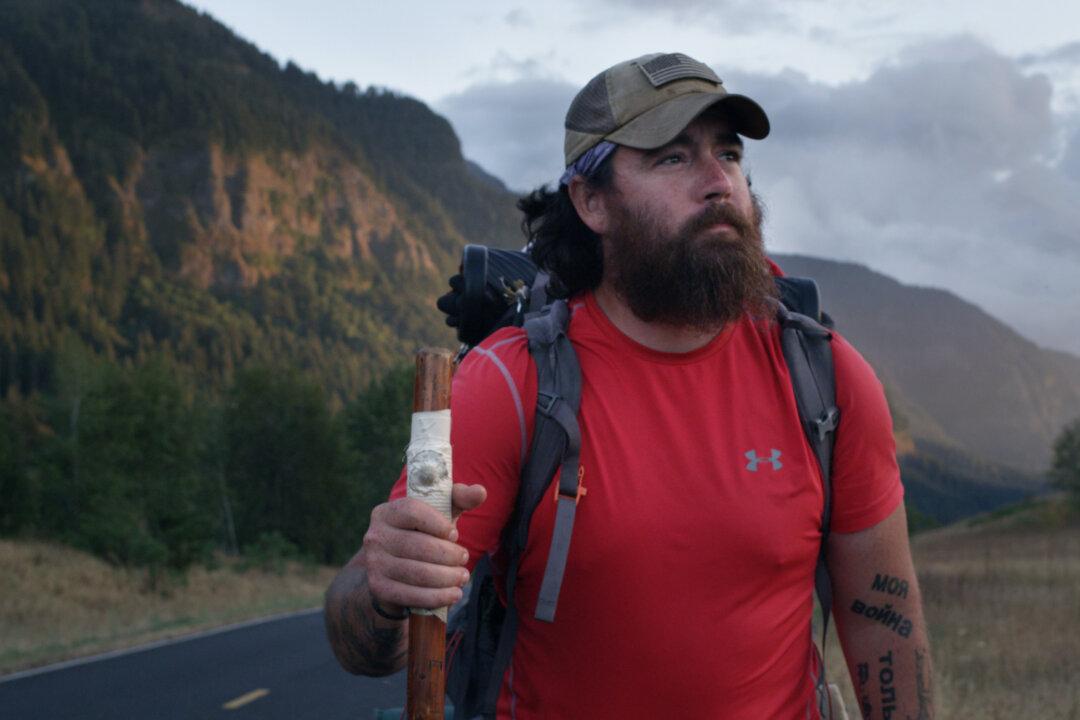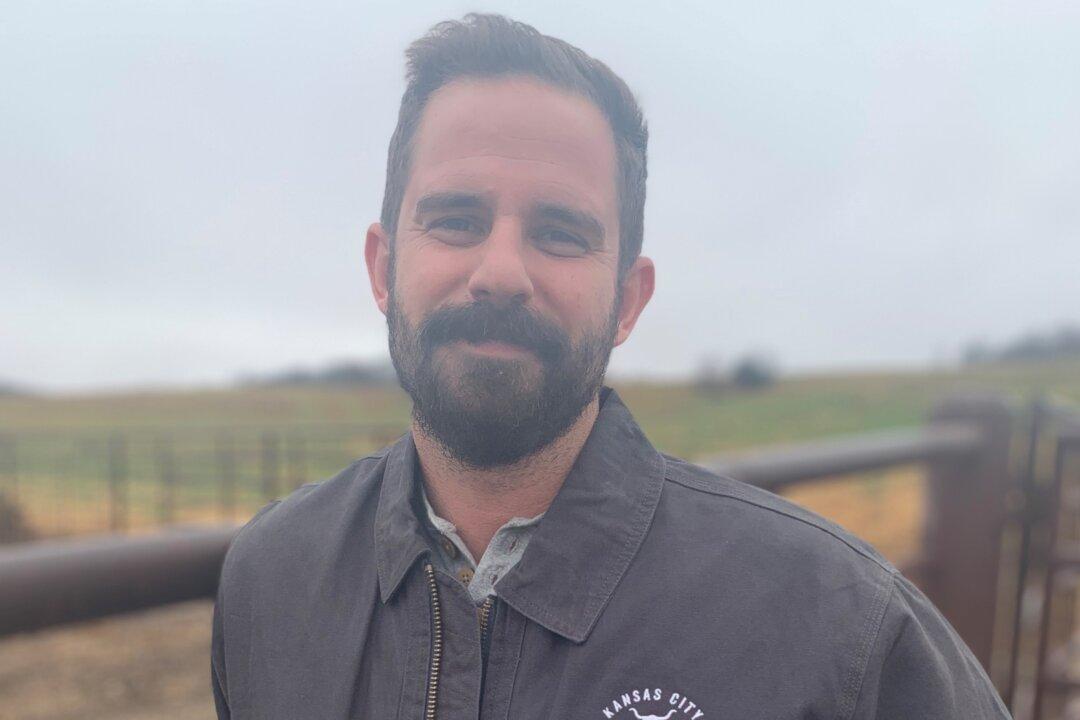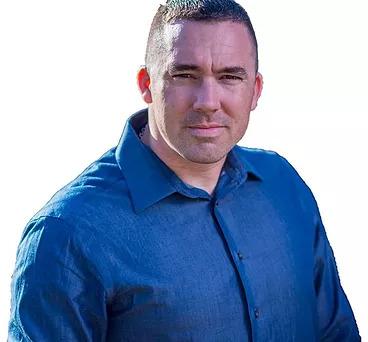Ephraim Mattos, a former Navy SEAL, went to Iraq in 2017 after joining the Free Burma Rangers (FBR), a humanitarian organization that operates in war zones. He was very aware that ISIS was wreaking havoc in Iraq and Syria, but above all, he wanted to help the civilians stuck in the middle of the fighting.
“The reason I chose to go there was just it was the biggest need in the world I could see at the time,” Mattos said.
